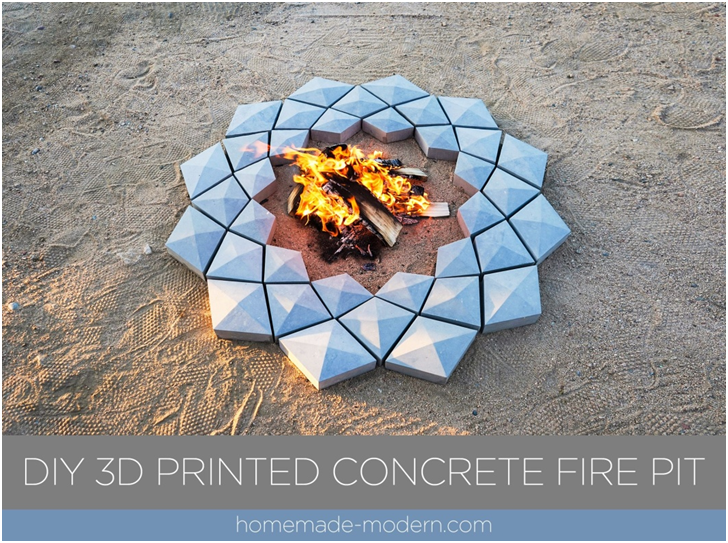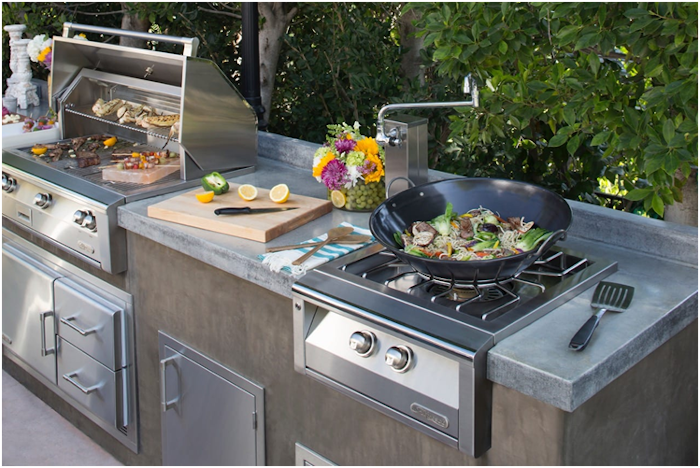
Charles R. Goulding and Preeti Sulibhavi look forward to 3D printing up a good time this summer.
Summer nostalgia is often rife with memories of backyard barbecues and picnics filled with family and friends. While we never paid as much attention to the outdoor kitchen equipment used during such get-togethers (aside from maybe asking where the host bought the grill), it may become increasingly more important these days. Due to the global coronavirus pandemic, restaurant closures, and social distancing requirements, the home outdoor kitchen industry, which was already growing, should now skyrocket.
Whether it be reconditioned restaurant equipment or the various aspects of restaurant technology, people are going to be looking to socializing in their backyards more often than they did before the COVID-19 outbreak. As with most social gatherings, food becomes a major aspect of the event. Even with curbside pick-up, restaurants are not operating at full capacity. This has pushed many people to come up with their own culinary solutions that involve home outdoor kitchen equipment.
Since the supply chain was not prepared for the uptick in home outdoor kitchen demand, time and cost become limiting factors. This is where the 3D printing industry can cook up a plan to increase supply to meet this demand.
As readers here know, 3D printing creates objects that are both durable and lightweight, often at a fraction of the cost and time. Parts for home outdoor kitchen equipment can be produced in much less time and at far less cost. Assembly of the equipment can employ people who would be happy to get back to work as well.
R&D tax credit incentives are available to new and improved outdoor kitchen products and processes.

The Research & Development Tax Credit
Enacted in 1981, the now permanent Federal Research and Development (R&D) Tax Credit allows a credit that typically ranges from 4%-7% of eligible spending for new and improved products and processes. Qualified research must meet the following four criteria:
- Must be technological in nature
- Must be a component of the taxpayer’s business
- Must represent R&D in the experimental sense and generally includes all such costs related to the development or improvement of a product or process
- Must eliminate uncertainty through a process of experimentation that considers one or more alternatives
Eligible costs include US employee wages, cost of supplies consumed in the R&D process, cost of pre-production testing, US contract research expenses, and certain costs associated with developing a patent.
On December 18, 2015, President Obama signed the PATH Act, making the R&D Tax Credit permanent. Beginning in 2016, the R&D credit has been used to offset Alternative Minimum Tax for companies with revenue below $50MM, and startup businesses can obtain up to $250,000 per year in cash rebates applied directly toward payroll taxes.
A Recipe for Success
3D printing has been the solution for a wide range of problems in a myriad of industries. Now is the time to apply the technology to a burgeoning business: home outdoor kitchen equipment. With summer here and people ready to get outside, what better way to socially distance while staying connected than to go to your neighbor’s backyard party?
